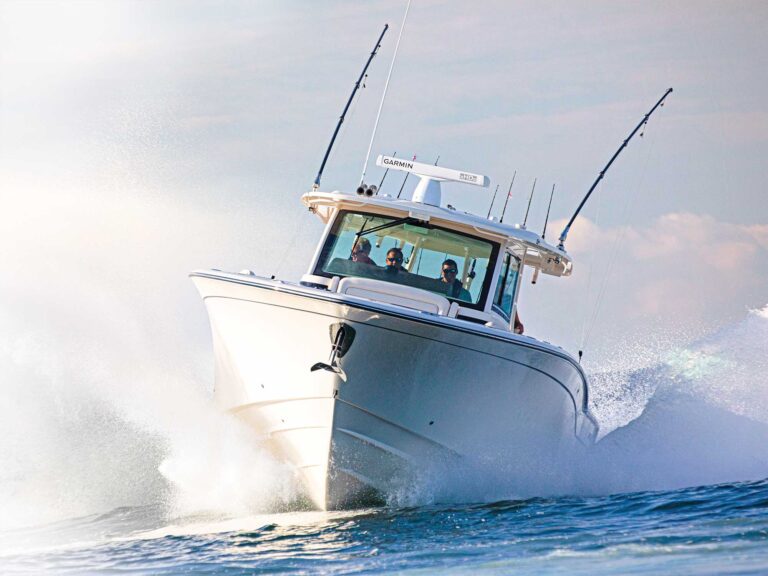New Jersey Congressman Jim Saxton introduced the “Atlantic Striped Bass Protection Act of 2003” in an effort to curb the commercial bycatch of striped bass occurring in the Mid-Atlantic Exclusive Economic Zone (from three to 200 miles from shore) and protect the recreational striped bass fishery. Extensive coastal migrations of Atlantic striped bass occur annually in the Mid-Atlantic Exclusive Economic Zone (EEZ). During these migrations, stripers gather around bottom features that hold forage fish such as herring, mackerel and menhaden. As they winter on these feeding grounds, large numbers of bass are vulnerable to commercial fishing gear such as gillnets, small- and large-mesh trawls, mid-water trawls and pair trawls. The bill directs the Secretary of Commerce to conduct a study of existing and new fishery-observer data to map migratory patterns and delineate wintering areas and feeding grounds of striped bass in the Mid-Atlantic EEZ to minimize the commercial bycatch of striped bass. Within three years of its enactment, the bill calls for the Secretary of Commerce to submit a report to Congress detailing the findings of the study. The Secretary will then implement striped bass management measures accordingly, including temporary closure of any area where there is a particularly high level of commercial bycatch. A federal moratorium on harvesting Atlantic striped bass in the Mid-Atlantic EEZ was implemented in 1990.









